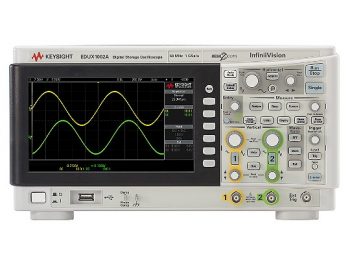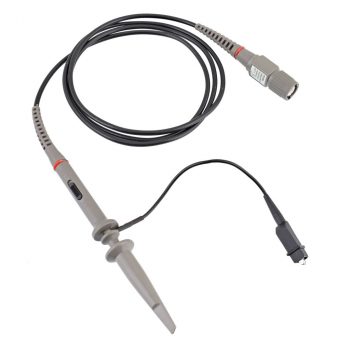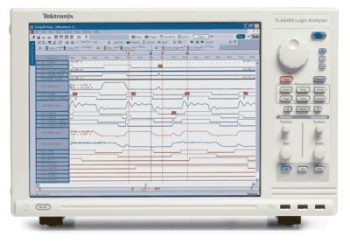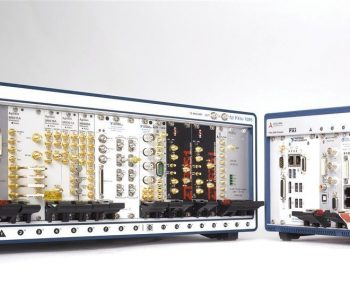Oscilloscopes
Oscilloscopes
For low-frequency oscilloscopes (bandwidth less than 500 MHz) we typically calibrate:
- vertical gain accuracy at 50 Ω and 1 MΩ
- time-base accuracy
- rise time
- frequency response
For oscilloscopes with higher bandwidth, we additionally calibrate:
- DC input resistance
- null offset
- offset setting
- RMS noise level
- input reflection coefficient (VSWR)

Probes
We can calibrate different types of probes (general probes, differential probes, high voltage probes and current probes). Calibrated parameters for each probe are given in brackets:
- general probes (DC gain accuracy, frequency response, rise time)
- differential probes (DC gain accuracy, frequency response, rise time)
- current probes (AC and DC current accuracy, transfer impedance )
- high-voltage probes (AC and DC voltage accuracy, input resistance, frequency response, rise time)
The bandwidth and rise time of a probe are measured with oscilloscope. We recommend using customer’s oscilloscope since the probes are typically used in that way. However, the bandwidth of the oscilloscope should exceed the bandwidth of the probe otherwise the performance of oscilloscope limits the performance of the probe.

Logical analyzers
Calibration of logical analyzers are usually performed according to manufacturer’s performance tests. Generally, the accuracy of the logic levels threshold and timing is calibrated.

Digitizers
Digitizers are calibrated according to manufacturer’s performance test, customers’ requirements or using different guides. Generally, voltage accuracy and timing are calibrated.

